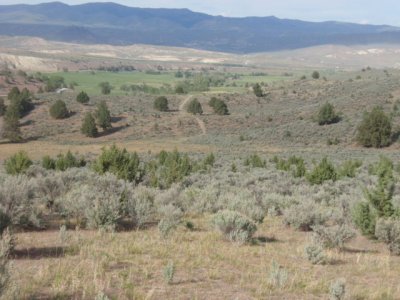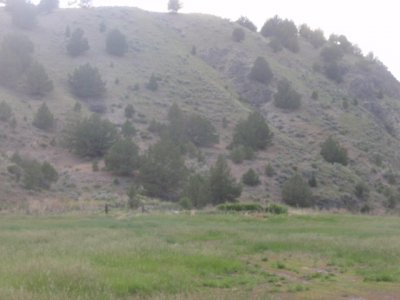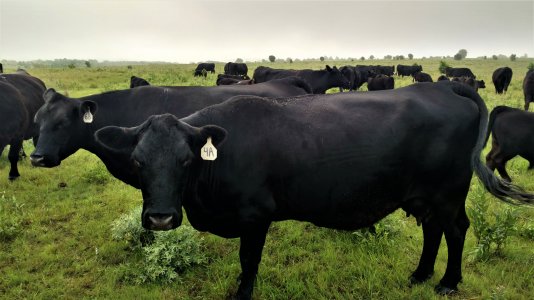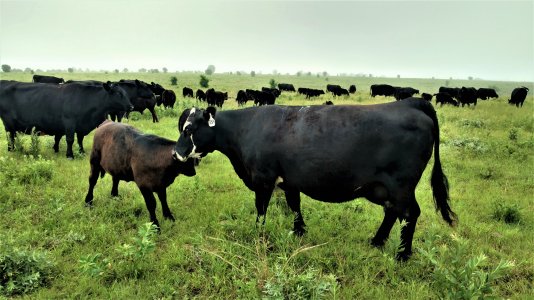wbvs58
Well-known member
We all like to see our cattle in tiptop body condition year round but have you given thought to being skinny for a period during the year may be an essential part of their physiology. Cattle being grazing animals have evolved over many years even before domestication to handle the vagaries of the seasons. Even in normal years there are times of plenty and then times when the feed is minimal and of poor quality and then there are times of sustained poor conditions as in drought, some will hang on, some will die if left to their own resources.
I think that cattle have evolved to be a lot more resilient to the tough times than we think. It always amazes me how they can bounce back from very poor condition to pretty good once they get onto a bit of feed. What do you all think? I don't like to see my cows skinny but I will put pressure on my cows to find grazing up in the hills around the rocks especially in spring while waiting for rain to get the grass growing and they will have a young calf on them. I think a bit of a check on their growth is healthy for them and may even help them to get back in calf.
Ken
I think that cattle have evolved to be a lot more resilient to the tough times than we think. It always amazes me how they can bounce back from very poor condition to pretty good once they get onto a bit of feed. What do you all think? I don't like to see my cows skinny but I will put pressure on my cows to find grazing up in the hills around the rocks especially in spring while waiting for rain to get the grass growing and they will have a young calf on them. I think a bit of a check on their growth is healthy for them and may even help them to get back in calf.
Ken




